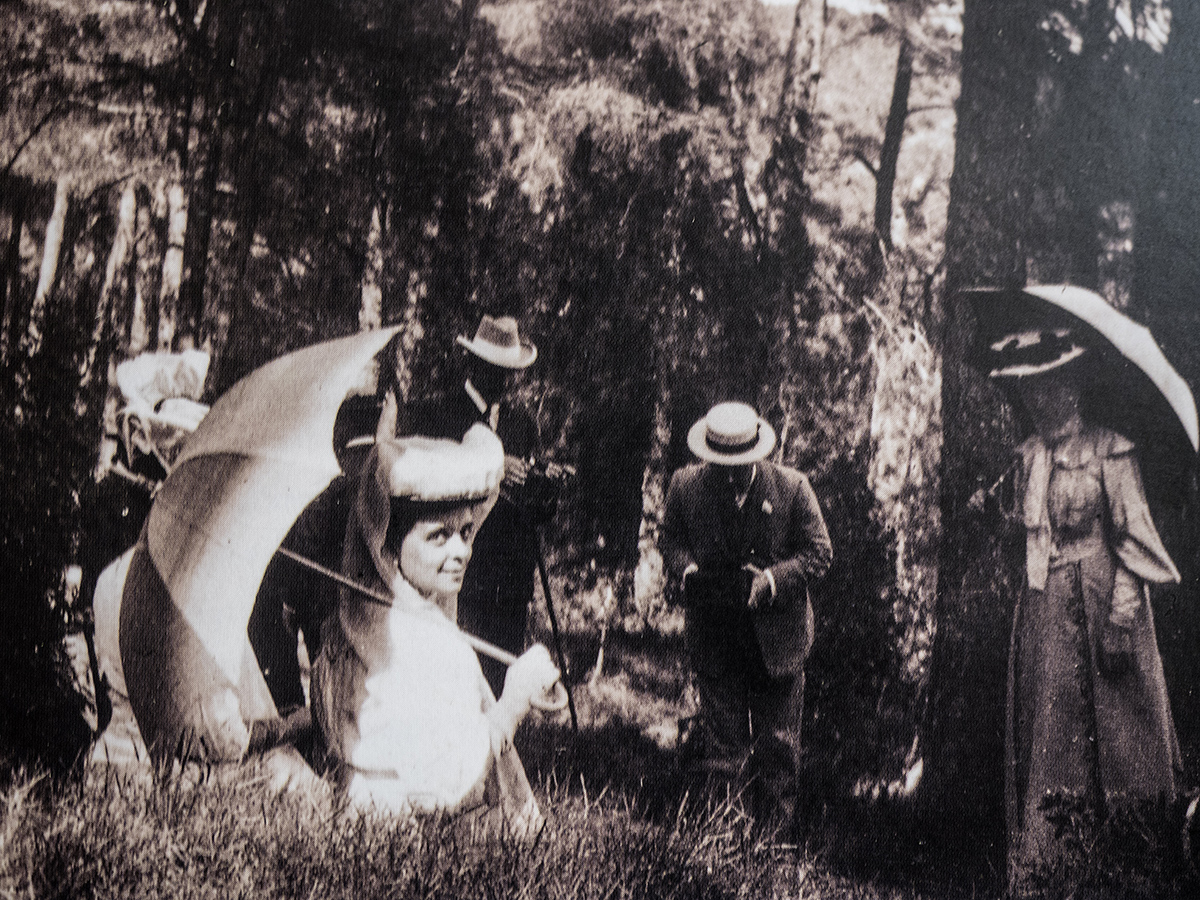Stamatopoulos explains that Tatoi was used as a summer residence until 1948, usually from May until the autumn. It was a major political center not just because royals from other countries in Europe would often visit, but also because George I liked staying there alone to work without diversions.
“Only a few governments were sworn in at Tatoi as it was a private rather than formal space. But in 1915, when Constantine I was too ill to travel, Eleftherios Venizelos's government was sworn in at Tatoi. Also, the first contacts with Constantine Karamanlis were held there in October 1955, as well as the last meeting with the then prime minister, eight years later, when relations had completely soured.”
On December 13, 1967, King Constantine II failed in an attempt to overthrow the dictatorship and he and his family left the country. Until 1973, the former royal family continued to receive money from the state but the Tatoi estate was left in disrepair.
“So, we have the first period from 1967 to 1973 when the king was deposed by [dictator Giorgos] Papadopoulos, which led to the gradual demise of the estate: Money was coming in in dribs and drabs and those [staff] who retired were not replaced. The property began to age. In 1973, it was abandoned completely, quite suddenly, after the change in regime meant an end to the funding, including the part that went to the upkeep of Tatoi. That meant there wasn't even enough money to buy feed for the cows and horses, which died of starvation in the stables,” explains the historian.


















